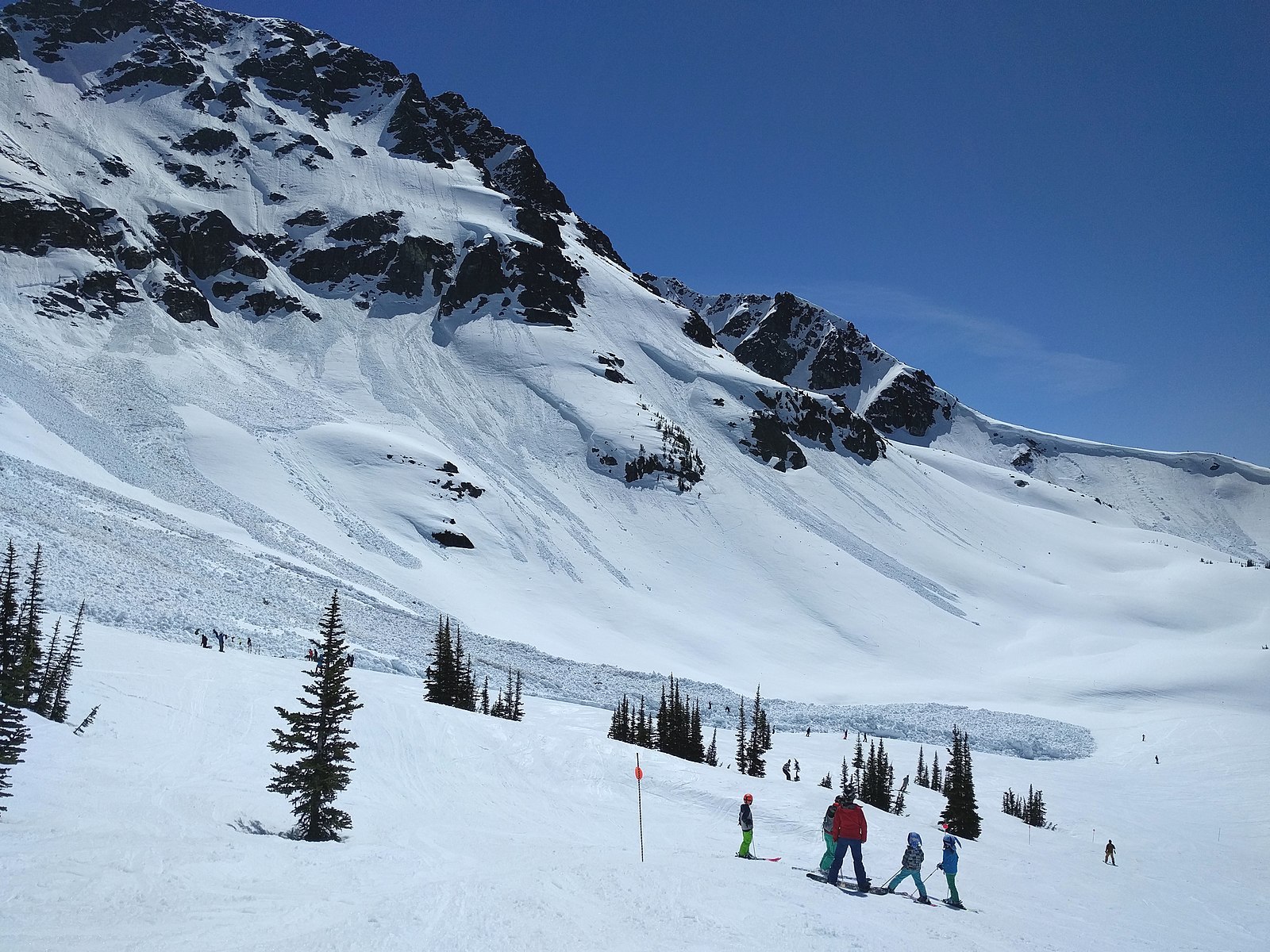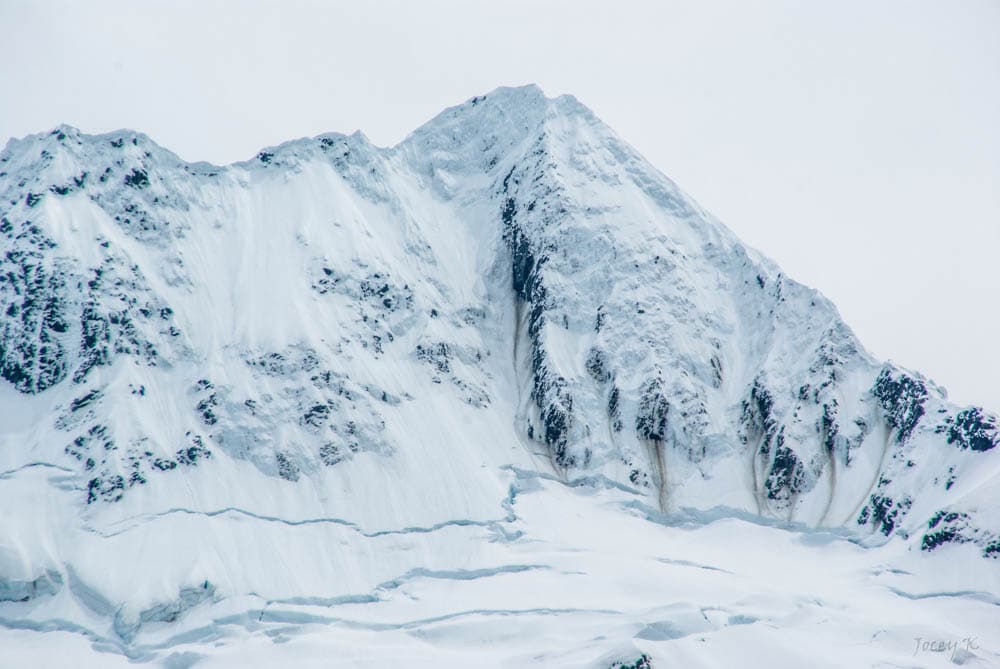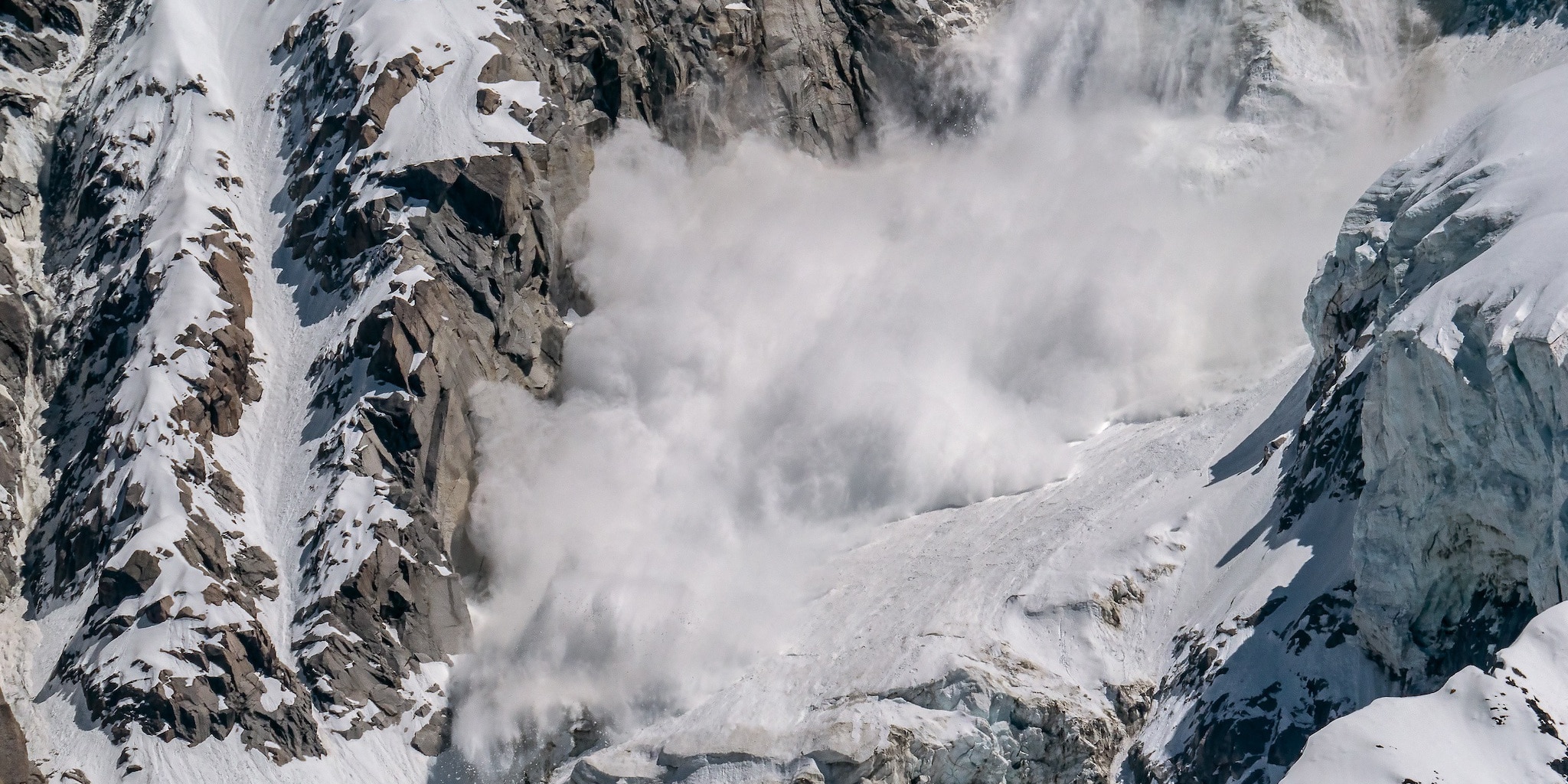If you plan on being outdoors in the mountains during winter, avalanche preparedness isn’t just a nice thing to be familiar with; it’s information that could save your life. Today, we’re covering the basics of what to do in an avalanche and how to show up to the backcountry prepared.
For Coloradans or anyone planning to visit the state’s backcountry during this winter, this knowledge is especially important.
Why Colorado’s Mountains Are at Such High Risk for Avalanches

According to USA Today, Colorado leads the nation in avalanche deaths, with the Colorado Sun calling the state the most dangerous in the nation for avalanches. Factors such as the high number of outdoor enthusiasts visiting every winter and local weather conditions that consistently create weak layers of snow put Colorado’s mountains at especially high risk.
Understanding the Dangers Avalanches Pose
Ready.gov describes an avalanche as a large area of snow that quickly moves down the side of a mountain at speeds of 60 to 80 miles per hour. When the snow settles after an avalanche has stopped, it becomes “solid like concrete.” The majority of avalanches occur from December through March and can be triggered by human activity or weather events.
Skiers, snowboarders, and snowmobilers are usually those who get caught in avalanches. Many victims die of trauma, suffocation, or hypothermia, though most pass away from lack of oxygen. While this lethal phenomenon might look completely unpredictable, people can learn to recognize warning signs to avoid risks.
What to do Before/How to Prepare for an Avalanche

Being armed with the right knowledge, gear, and weather forecast familiarity can save your life in an avalanche, and ideally, help you avoid them altogether.
- Get Professional Training – Training classes are recommended for anyone planning to explore the backcountry during winter. Courses cover topics like how avalanches are formed, how to identify avalanche terrain and companion rescue skills. Proper training can help you understand weather forecasts, predict dangerous conditions that are favorable for avalanches, and search for warning signs on the ground. First aid is also recommended.
- Check the Local Forecast – Backcountry avalanche centers provide daily forecasts. Don’t head up to the mountains unless you’re 100% confident that the weather conditions that day are favorable for your trip.
- Bring the Proper Equipment & Learn How to Use It – Experts agree that the three essential pieces of gear for avalanche preparedness are an avalanche probe that can locate companions trapped in the snow, a shovel for digging out of the snow, and an avalanche transceiver that can send and receive signals while buried. Helmets, first aid kits, and devices such as avalanche airbags that can create air pockets beneath the snow are also recommended. Don’t head out until you know how to use the equipment you’re planning to bring first.
- Make a Plan – Tell others you’re not traveling with where you’ll be and for how long. Create an emergency plan with everyone in your group.
- Recognize the Risks on the Ground – Avalanche “red flags” to look out for in the backcountry include whether there have been avalanches in the area recently, loud and bizarre noises coming from the snow, “cracks” that form in the snow, fresh snowfall, wind-blown snow, and warming temperatures. Your previous knowledge and preparation won’t help you unless you’re vigilant when you tread through the backcountry, so stay focused. It should be noted that the majority of avalanche fatalities occur when risks appear to be moderate, so it’s never safe to get comfortable and lose focus.
- Always Travel in Pairs and with a Knowledgeable Guide When Possible – If you can, head up with an experienced guide who knows the landscape and is familiar with avalanche dangers. Traveling in pairs is the best way to guarantee that no one in your party will be forgotten about in the event of a crisis. Don’t walk directly above your partner because doing so puts them at a higher risk.
What to Do During an Avalanche

Mother nature is a force best not reckoned with. However, sometimes bad things happen and you need to act quickly to survive. These are among the best tips and practices for dealing with an avalanche to get out alive.
- Stay Calm – This isn’t easy to do, but the conscious decision to refrain from panicking will give you the best chance of staying alive during an avalanche.
- Activate your Airbag and Try to Keep Your Head Above the Snow – Deploying your airbag during an avalanche can keep you on top of the snow instead of being buried beneath it. Keeping your head above the snow is critical because you’re most likely to die from suffocation.
- Get Out of the Snow Slide and Create an Air Pocket – If that’s not possible, remove yourself from the area of the snow slide as quickly and safely as possible. If available, use tree branches for leverage. If you can’t keep from getting buried beneath the snow, push your arm up as the slide slows to create an air pocket.
What to Do After an Avalanche

If you find yourself free of an avalanche and you’re still missing a buddy, time is absolutely critical. Hopefully, the in-trouble party has managed to create some air space and stay calm.
- Call 911 and Track Your Partner – Once you’re out of immediate danger, call 911 and track your partner. Do not attempt a rescue if doing so will cause another avalanche. Activate your avalanche receiver and use your probe to help you search.
- Seek Medical Attention – Sometimes injuries aren’t super well known due to adrenaline rushing through your body. It’s always best to seek first aid right away if you’ve been in a major avalanche. Find a ski patroller or head to your nearest clinic or hospital. Always better to be safe than sorry.
It might be tempting to think that avalanches are rare occurrences, but unfortunately, this isn’t true. Statistics cited by National Geographic estimate 100,000 avalanche events each year in the western U.S. alone. Showing up to the mountains prepared and with the right gear will help you know what to do during an avalanche.


 4 Tourist Attractions in Manitou Springs
4 Tourist Attractions in Manitou Springs